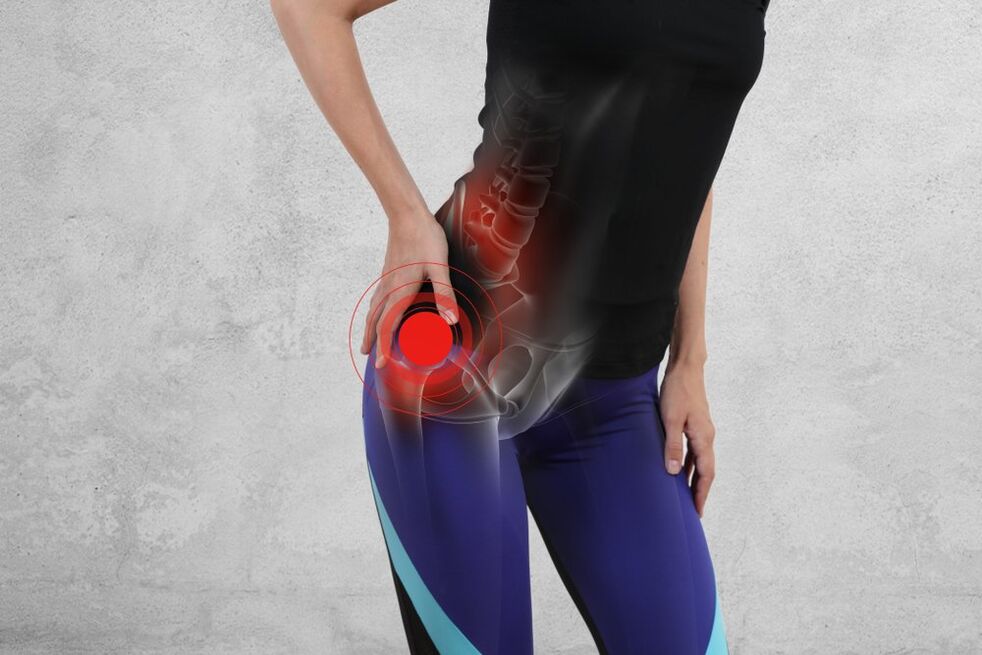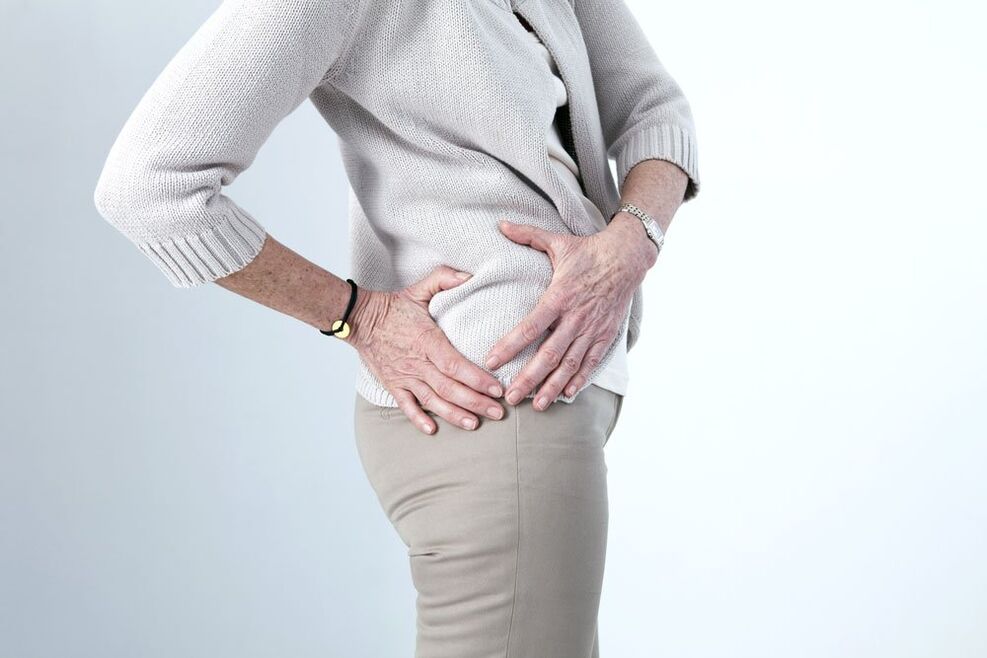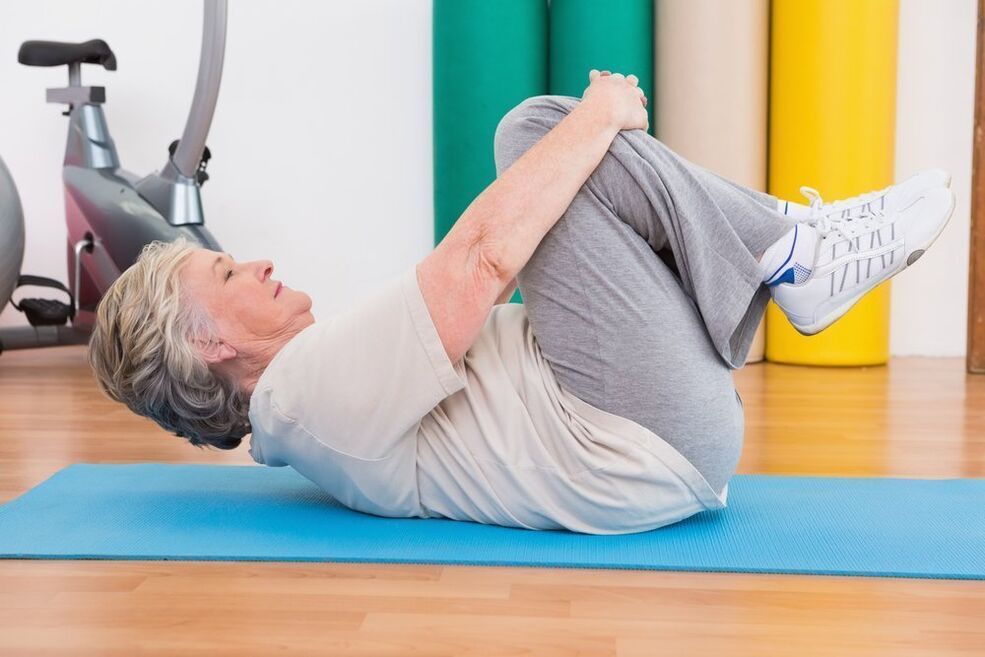
Throughout life, the joints of the legs are under a lot of stress. The hip joint is a large spherical joint that provides the ability to move independently. The appearance of painful sensations, nervous movements, and a limp gait is reminiscent of the appearance of pathology.
In recent years, the number of people under the age of 30 being diagnosed with arthropathy has increased dramatically. This statistic is very disappointing as the disease progresses steadily and can lead to severe disability and disability. To protect yourself from adversely affecting development, you must start treatment immediately and follow all medical advice.
Arthropathy of the hip joint brings a lot of inconvenience to its owner. If there is discomfort in the joint area, it is necessary to consult a doctor for a clear diagnosis and an effective treatment method. Late treatment may cause patients to lose the ability to walk independently.
What is Arthropathy
Arthropathy is a rheumatic disease based on degenerative and dystrophic changes in the joints. At the same time, not only articular surfaces, but also ligamentous organs and joint capsules are involved in the pathological process. In most cases, the joints of the hands, feet, and knees are affected, but the most serious condition is hip arthropathy. As it progresses, the risk of total disability increases as movement is severely restricted.
The basis of articular cartilage is composed of collagen molecules and proteoglycans: it is these that give the joint strength and elasticity, allowing it to resist various loads. Under the influence of external factors, the amount of collagen and proteoglycans decreases, leading to the depletion and gradual destruction of cartilage tissue. Arthropathy develops under the influence of:
- mechanical injury;
- joint inflammatory process;
- Excessive load on the lower extremities;
- obesity;
- age-related physical changes (people over 55);
- Menopause (for women);
- Malnutrition deficient in protein products and calcium;
- genetic predisposition;
- The operation of the transfer joint.
What are the manifestations of hip joint disease?

Arthropathy develops gradually, so its first manifestations are difficult to detect. Patients may ignore symptoms of the disease, mistaking them for fatigue or overwork. Discomfort may be aggravated after injury. Hip arthropathy is accompanied by the following symptoms:
- Pain in the affected limb. It was dull and painful in nature and lasted throughout the day. Unpleasant sensations increase during physical activity (exercise, running, or walking) and decrease during rest. When the hip joint is affected, the pain radiates to the groin, perineum, and thigh. Joints may also begin to "respond" to changes in weather conditions or atmospheric pressure.
- Atrophic muscle changes. When walking, patients involuntarily avoid the affected limb, which relieves pressure on the hip and thigh muscles. This is accompanied by their shrinking and volume loss. This is especially evident in unilateral arthropathy.
- Tightening occurs during the execution of joint movements. The sound is similar to the rustling of a plastic bag and gets louder after prolonged immobility (night sleep). In medicine, the word is called "crepitus". The appearance of tightness is associated with disruption of joint mobility.
- The volume of the affected joint increases. This is due to the formation of the smallest spikes - osteophytes - on the surface of the bone. This response is a compensatory response to increased load on the bone surface (thinning of cartilage).
Drug therapy for joint disease
It is currently impossible to completely prevent the destruction of cartilage tissue. Therefore, the purpose of treating arthropathy with the help of drugs is to relieve pain and slow the progression of the disease. In most cases, the following groups of drugs are used to treat:
- Non-narcotic analgesics and mixed-action analgesics. They help reduce pain and are available in tablet or ampoules for intravenous administration.
- NSAIDs in the form of topical ointments or creams are also used to control pain. It is also prescribed if arthropathy is accompanied by inflammation of the joint synovium.
- Chondroprotective agents are drugs that slow disease progression and improve joint function.
Exercise therapy and physical therapy methods

Non-pharmaceutical preparations are also widely used to combat the disease. Doctors prescribe exercise therapy to patients to strengthen muscles and prevent the development of immobility in joints. The nature of the exercises and the frequency of their implementation are determined individually on a case-by-case basis. Treatment of arthropathy also includes the following physical therapy procedures:
- Transcutaneous electrical nerve stimulation;
- acupuncture;
- magnetic therapy;
- Analgesic electrophoresis;
- Laser Treatment;
- massage.
To reduce the load on the affected limb, the patient is also advised to use a cane or a walker. It can be useful to wear a hip orthosis, a special device that helps restore leg function and avoid further damage to the joint.
Operation
Endoprostheses are prescribed when conservative treatments for hip arthropathy are ineffective. The purpose of surgery is to eliminate the pain syndrome and restore the motor function of the limb. The procedure is performed under general anesthesia in a specialized hospital, after which the patient undergoes a long rehabilitation period. The most favorable outcomes for childbirth are in patients between the ages of 40 and 75 and weighing up to 70 kg: they have the least chance of rejection of the prosthesis in their body, which makes the treatment of arthropathy very effective. On average, prostheses have a lifespan of around 10-12 years, but there have been cases where they have been successfully used for 20-25 years with minimal wear.














































